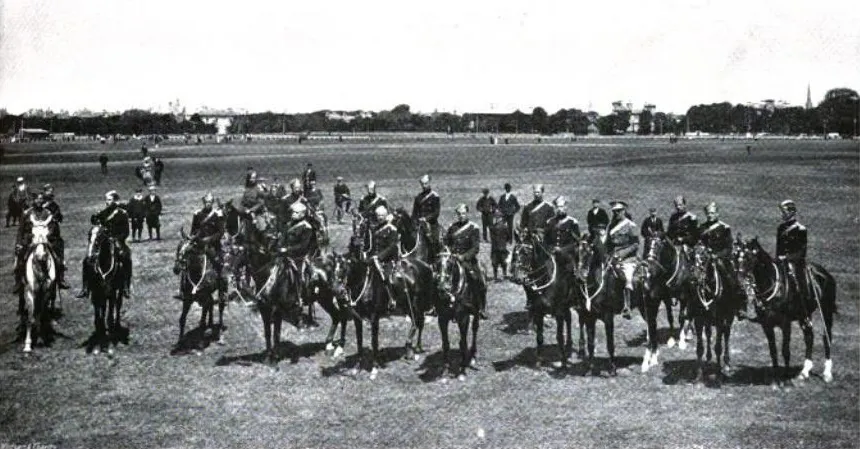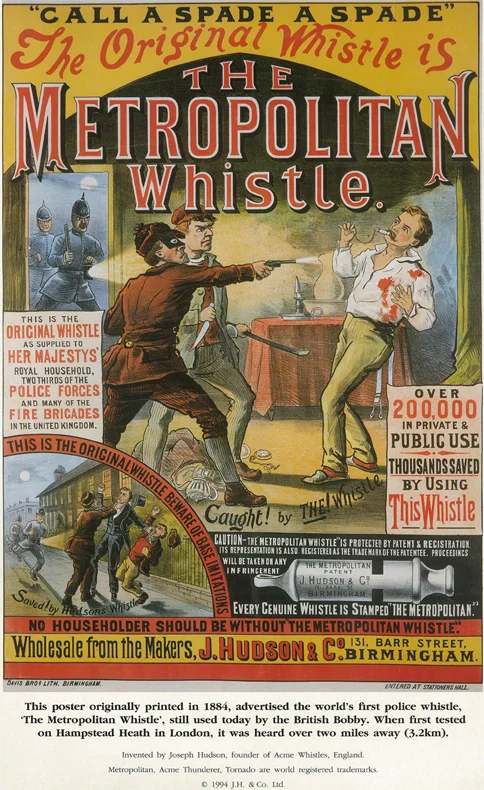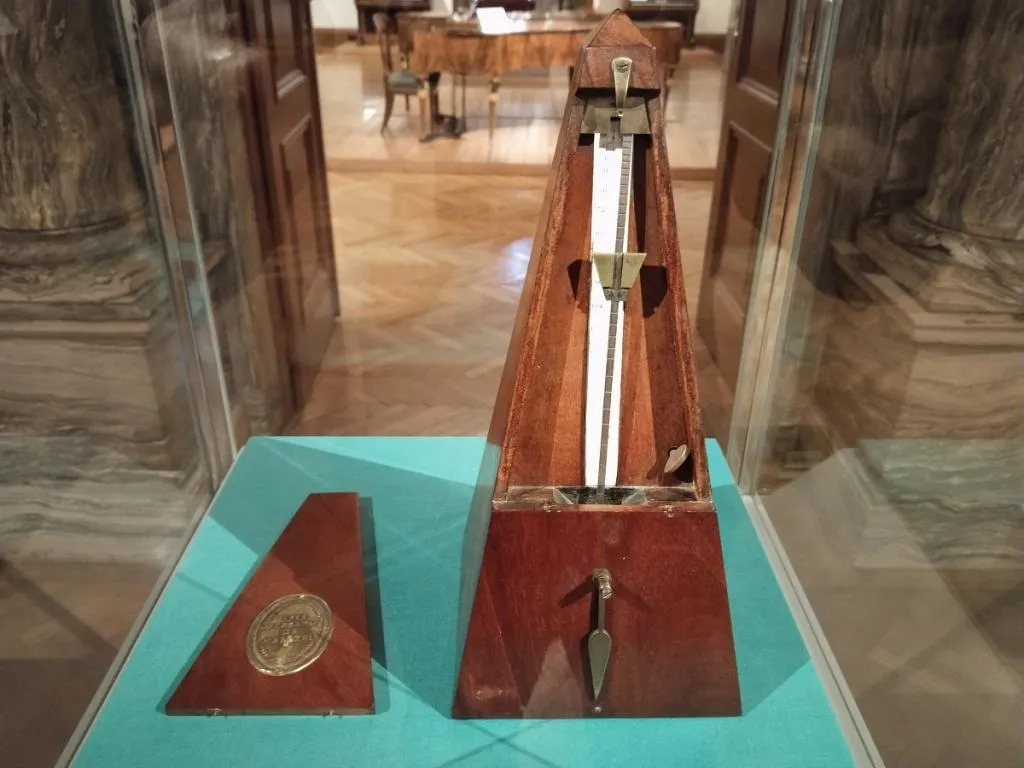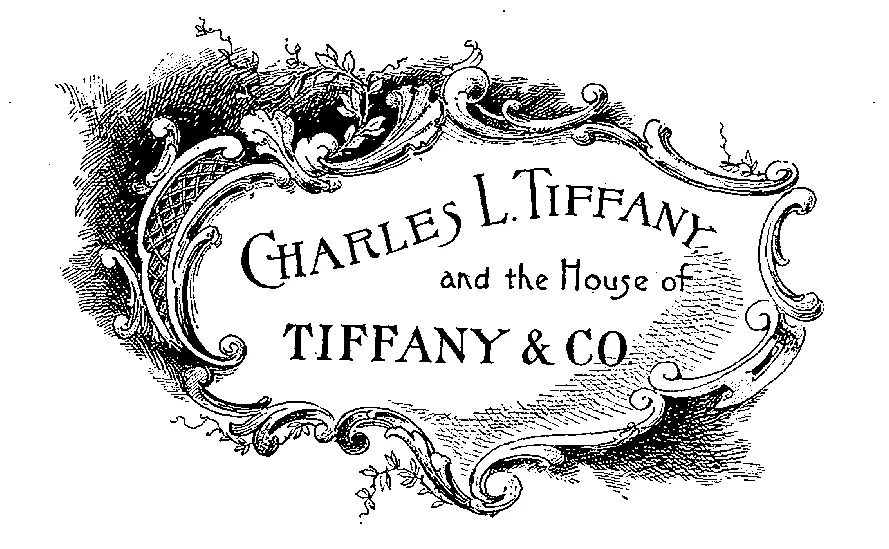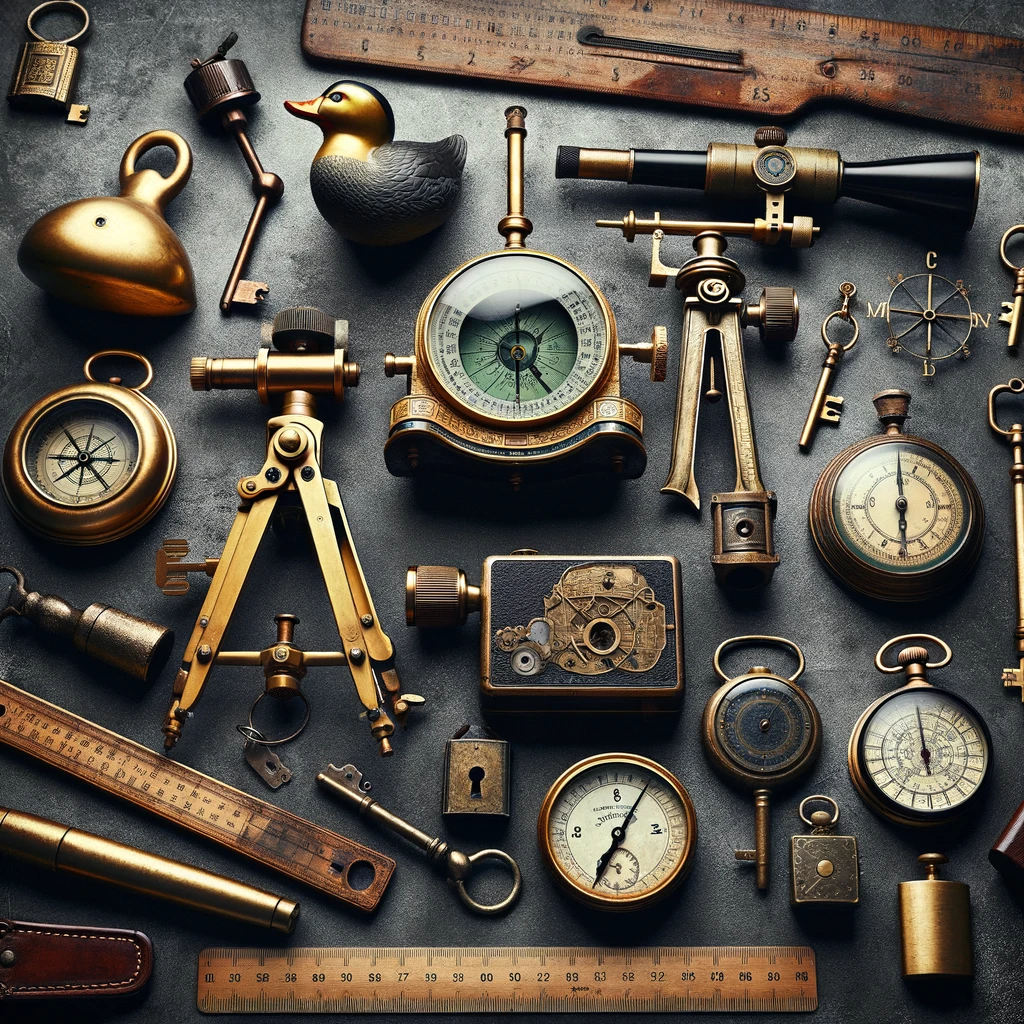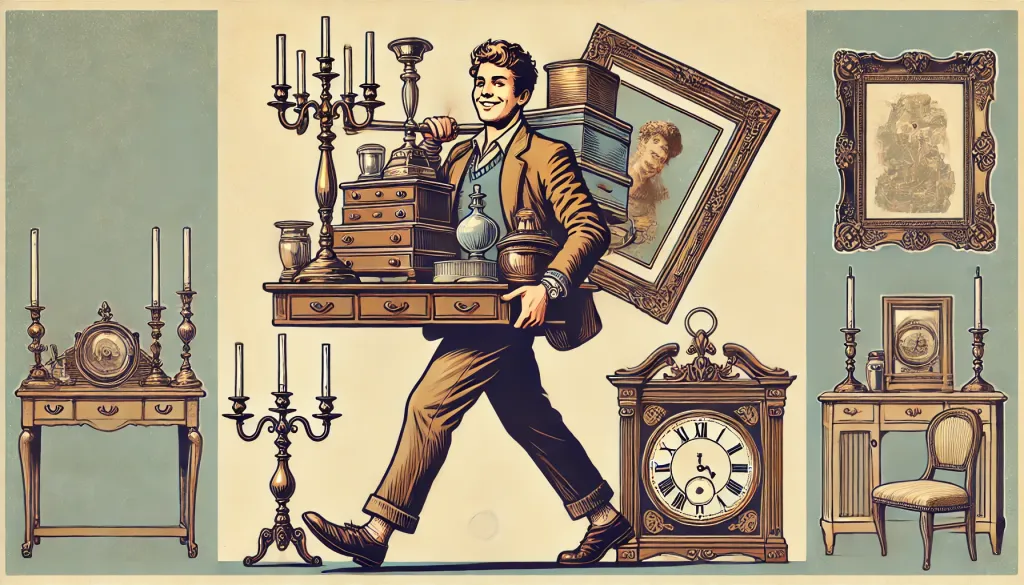The History of the Acme Thunderer Whistle No.58
Step into the history of the Acme Thunderer Whistle No.58 with fascinating illustrated historical images that bring its legacy to life.
From its invention by Joseph Hudson to its crucial role on the Titanic, in football, wartime Britain, and law enforcement, this is the story of the Acme Thunderer No.58—the whistle that shaped history.
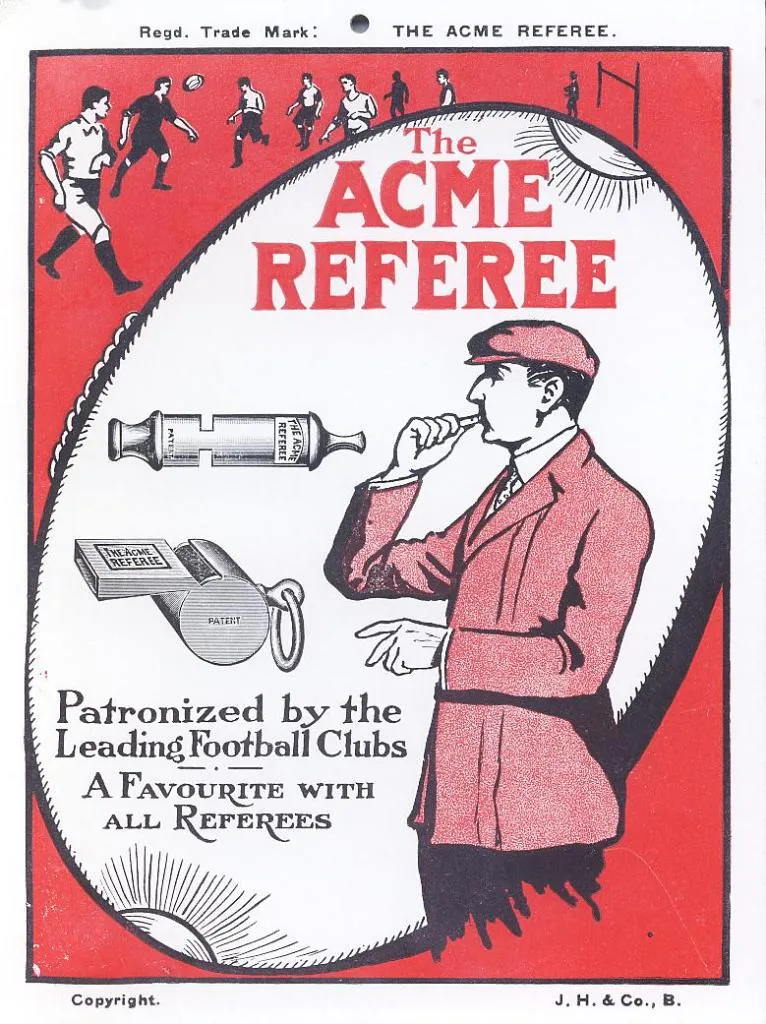
Source: Facebook: ACME Whistles
Table of Contents
A Whistle That Changed the WorldThe Birth of the Acme ThundererThe Acme Thunderer No.58 and the TitanicThe First Football WhistleAcme Whistles in Wartime and Law EnforcementVintage Advertisements and the Acme LegacyThe Acme Thunderer No.58: A Collector’s TreasureA Whistle That Changed the World
Few objects have resonated through history quite like the Acme Thunderer. This small but powerful whistle has played a role in everything from maritime emergencies to football matches, wartime air raids, and law enforcement. Its origins trace back to the late 19th century, crafted by Joseph Hudson, a Birmingham-based inventor whose creations still echo through time.
Few objects have resonated through history quite like the Acme Thunderer. This small but powerful whistle has played a role in everything from maritime emergencies to football matches, wartime air raids, and law enforcement. Its origins trace back to the late 19th century, crafted by Joseph Hudson, a Birmingham-based inventor whose creations still echo through time.
The Birth of the Acme Thunderer
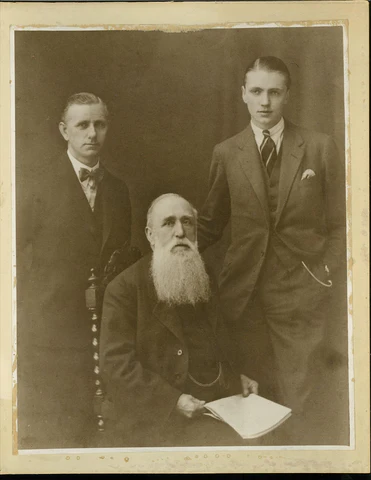
Source: Teddy Maximus
The story begins with Joseph Hudson, a tinkerer and craftsman based in Birmingham, England. In the 1870s, he set out to create a more effective whistle for police use, eventually developing the world's first pea whistle—a design that amplified sound and made it possible for a single blast to be heard over long distances.
By 1884, Hudson introduced the Acme Thunderer, the world's first sports referee whistle. Unlike traditional whistles, this new design used a small cork ball (pea) inside to create a powerful trilling sound. It was an instant success, adopted for football matches, military signaling, and emergency services worldwide.
The Acme Thunderer No.58 and the Titanic
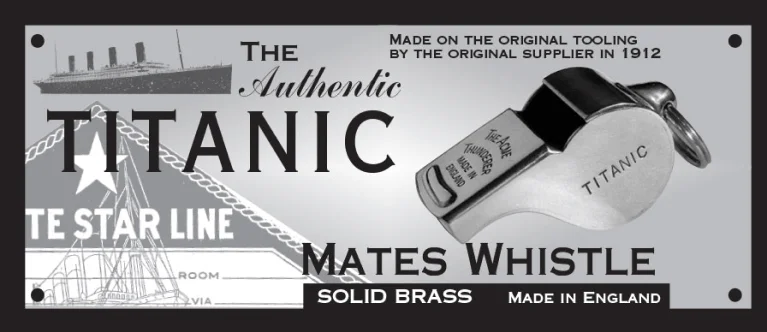
Source: Acme Whistles Website: Since 1870 https://www.acmewhistles.co.uk/since-1870
One of the most chilling moments in the whistle’s history came on the night of April 14, 1912, when the RMS Titanic struck an iceberg and began to sink. Among the chaos, officers and crew members used Acme Thunderer whistles to direct passengers toward lifeboats and call for help. Survivors later recalled hearing these whistles in the dark Atlantic night as rescuers searched for any remaining passengers in the freezing water.
Today, original Acme Thunderer No.58 whistles from the Titanic are among the most sought-after maritime artifacts, a reminder of both tragedy and survival.
The First Football Whistle
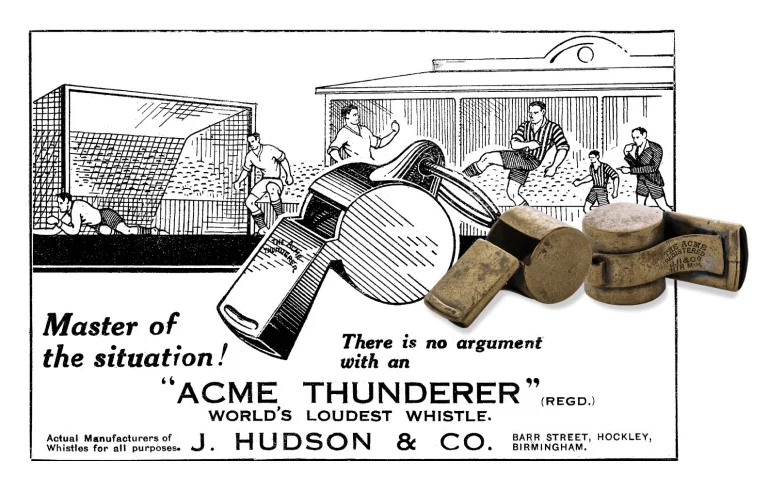
Source: Acme Whistles Website
Before the Acme Thunderer, football referees signaled using handkerchiefs or shouted instructions. This changed in the late 19th century when referees adopted the whistle as their primary signaling tool. The Acme Thunderer was the first-ever whistle used in an official football match, instantly changing how the game was officiated.
It became a favorite among referees for its sharp, clear tone, cutting through the roar of the crowd. Even today, modern referees use variations of Hudson’s original design.
Acme Whistles in Wartime and Law Enforcement
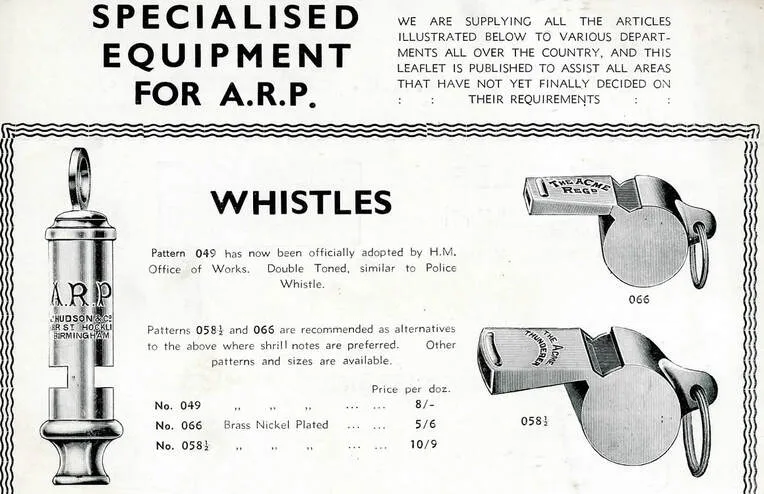
Source: WW2 Civil Defence
The Acme Thunderer No.58 found critical use in wartime Britain. During World War II, it was part of the Air Raid Precautions (ARP) equipment, used by wardens to signal incoming attacks, organize evacuations, and assist in rescue efforts.
The whistle was also widely adopted by law enforcement and military forces. Its loud, distinct trill made it ideal for commanding attention—a reason why British and international police forces continued to use Acme whistles throughout the 20th century.
Vintage Advertisements and the Acme Legacy
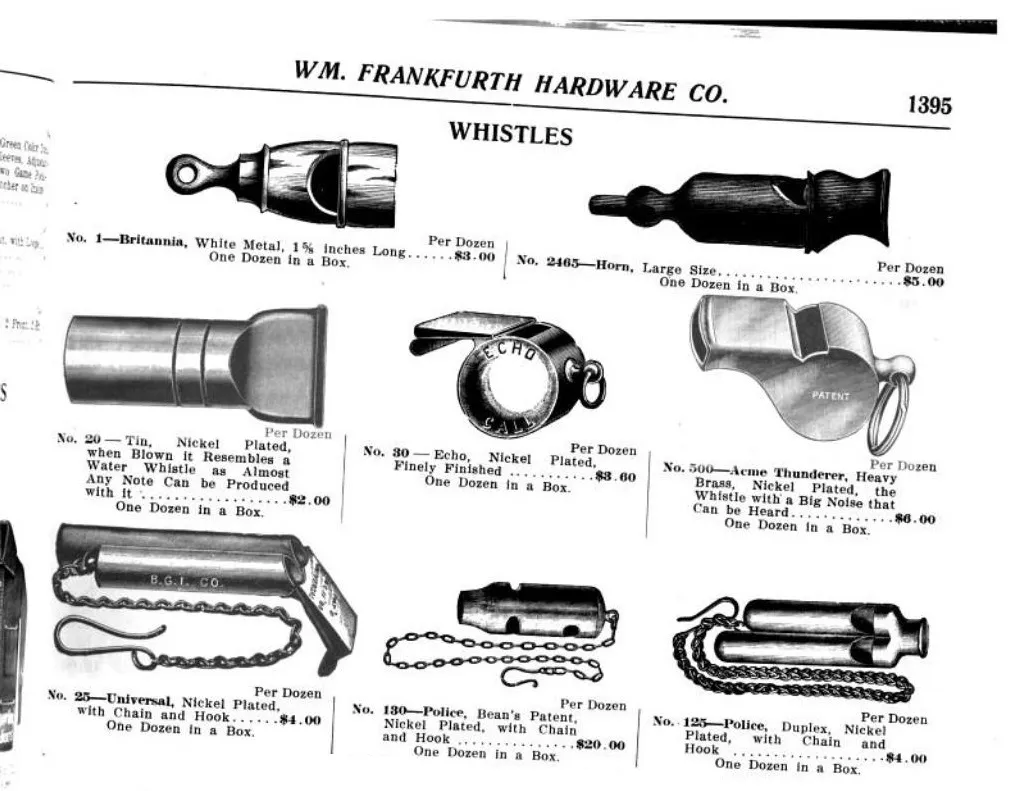
Source: Google Books
The Acme Thunderer No.58 found critical use in wartime Britain. During World War II, it was part of the Air Raid Precautions (ARP) equipment, used by wardens to signal incoming attacks, organize evacuations, and assist in rescue efforts.
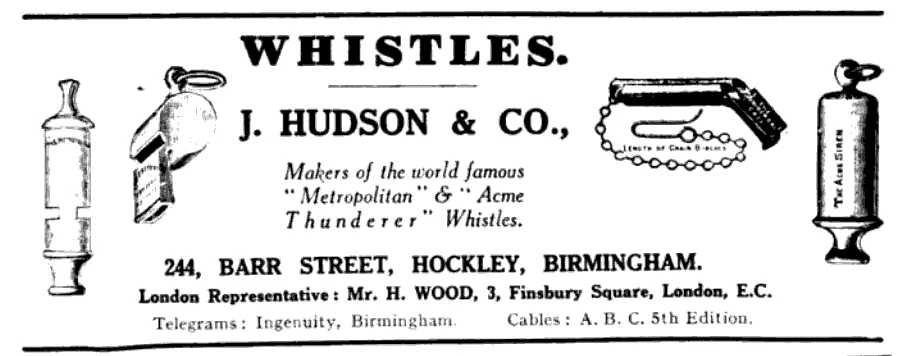
Source: Google Books
The whistle was also widely adopted by law enforcement and military forces. Its loud, distinct trill made it ideal for commanding attention—a reason why British and international police forces continued to use Acme whistles throughout the 20th century.
The Acme Thunderer No.58: A Collector’s Treasure
For antique collectors and enthusiasts, an original Acme Thunderer No.58 represents more than just a whistle—it is a piece of history. Whether it’s a Titanic-era whistle, a wartime ARP model, or an early football referee edition, these small artifacts hold stories of survival, sportsmanship, and service.
For those lucky enough to find an early Acme Thunderer, markings and materials can help determine its age. Some whistles feature engraved date stamps, while others have distinctive brass or nickel plating from different production years.
Today, collectors and enthusiasts alike continue to cherish these whistles—not just for their function, but for the rich history they carry in every trill.
Share this article







